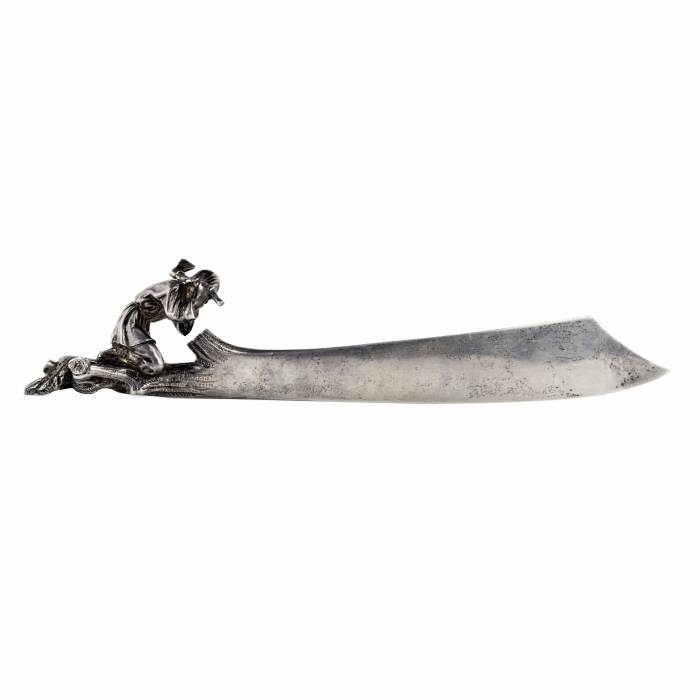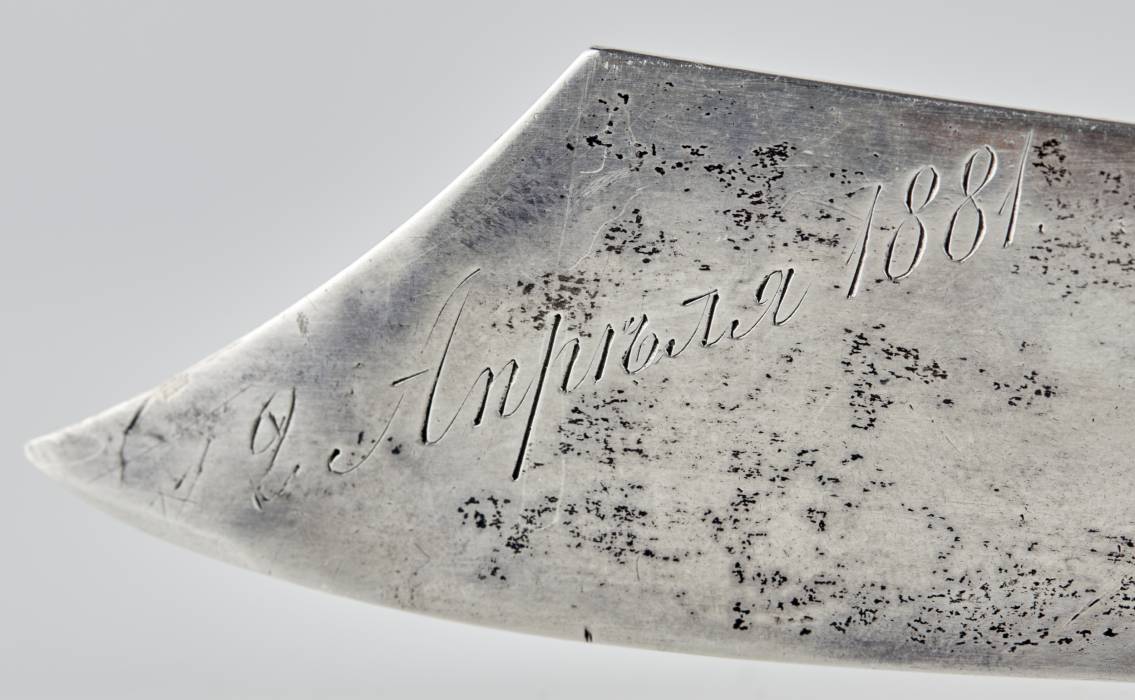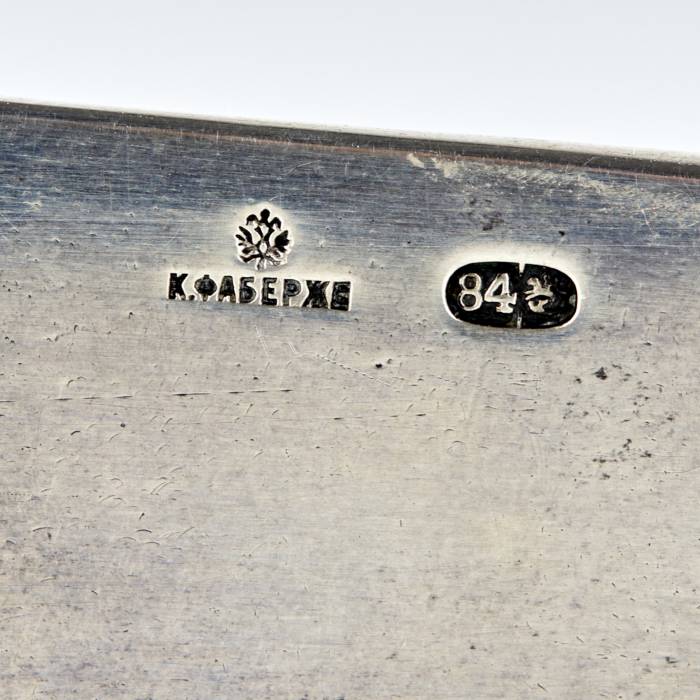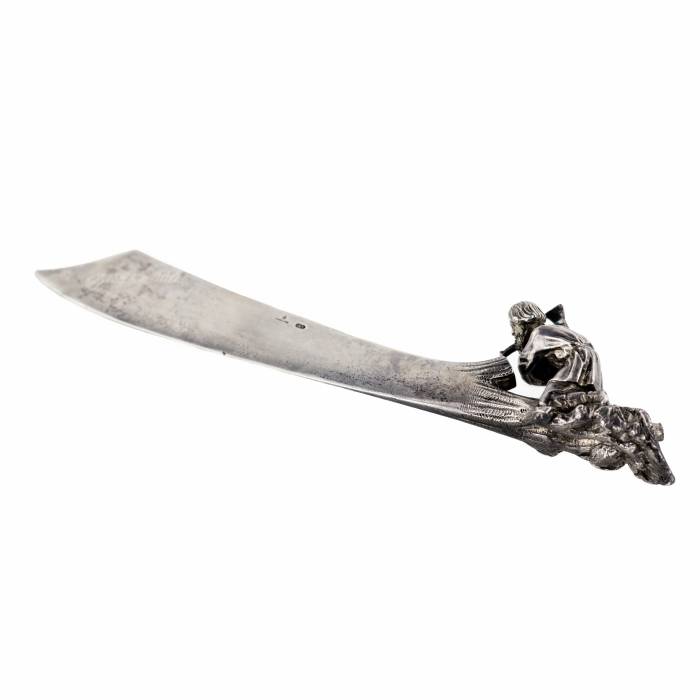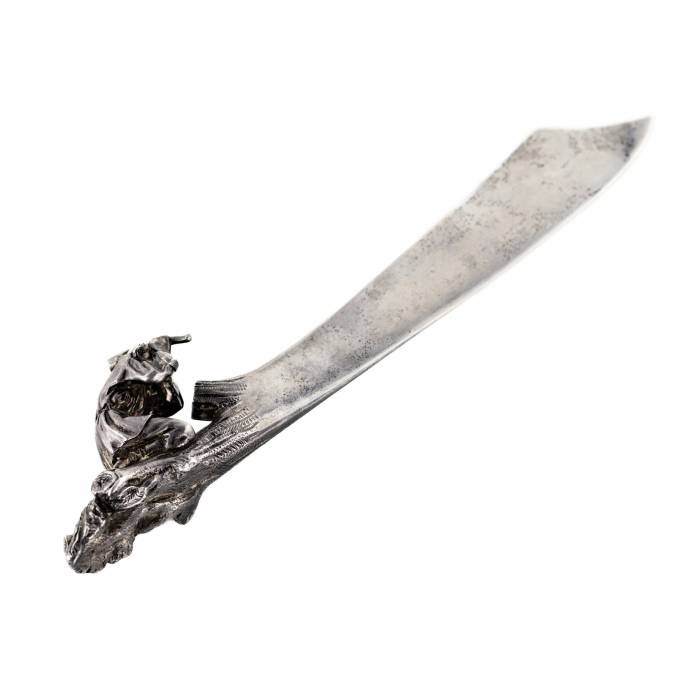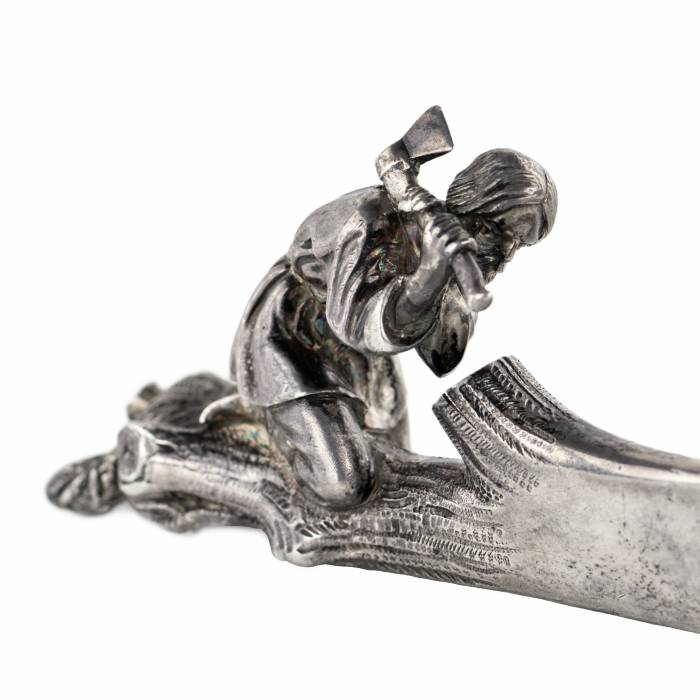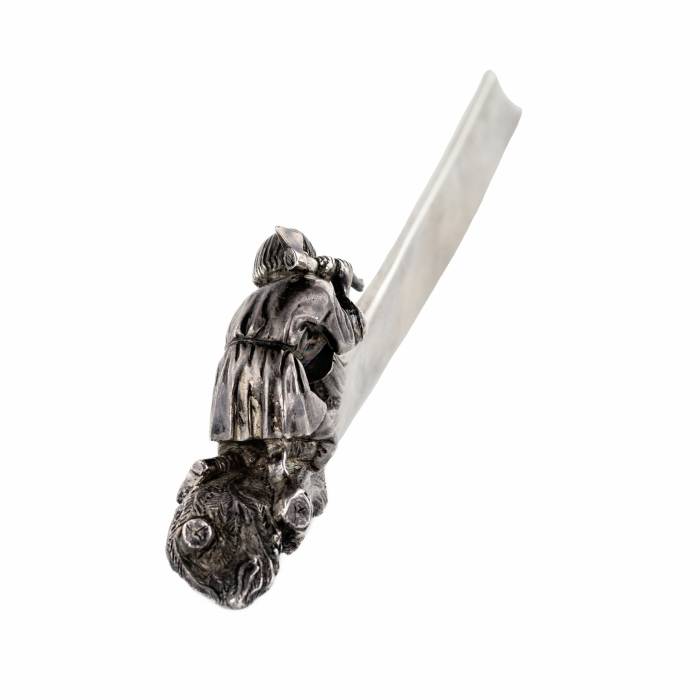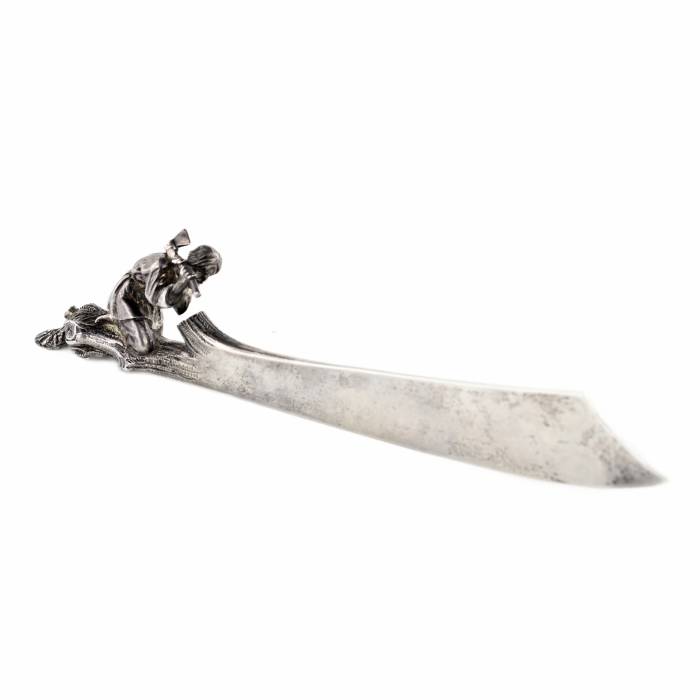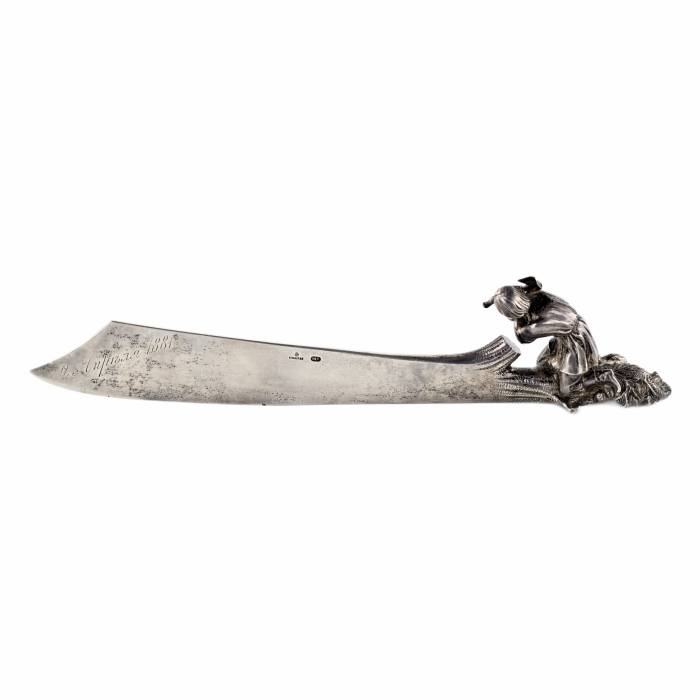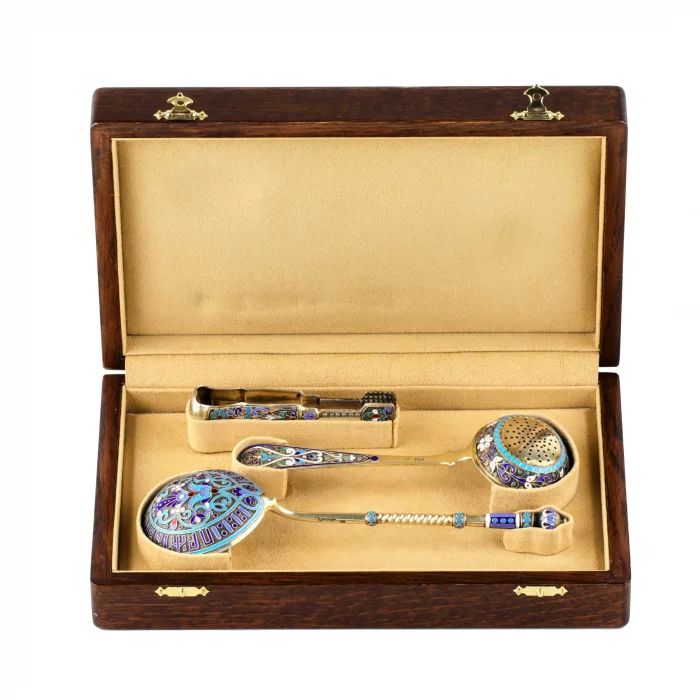Faberge (1872–1917)FabergeFrance is considered to be the birthplace of the Faberge family. In 1800, Pierre Faberges grandfather Carl Faberge moved to Pernau, in Livonia (the Russian province of the Baltic), where he received Russian citizenship. In the following years, the son of Pierre Faberge, Gustav Faberge, an ambitious young jeweler, decided to move to St. Petersburg where he continued to engage in jewelry On May 30, 1846, Carl Faberge was born into the Faberge family, at that moment his father was already heading a successful business in which several craftsmen from Northern Europe and Germany worked. At the age of 18, Carl Faberge travels to Europe to learn jewelry craft from the best professionals of that time. Throughout his stay, he explores the decorative arts created by his predecessors, imbued with new ideas that will fuel him for the rest of his career. In 1872, Carl Faberge returned to St. Petersburg and joined his fathers business. In 1882, after the death of Gustav Faberge, Karl took over the management of the company. In a short time, Karl surpasses the achievements of his own father: in the same year he receives the official title of master of jewelry, and the exhibition in Moscow leads to the fact that the Emperor Alexander III notices Faberges talent, who soon elevates to the rank of court jeweler. At this time, Faberge received his first order from the monarch: the emperor orders Easter gift for his wife, Maria Feodorovna, an original gift of a piece of jewelry and of art - an Easter egg, which became the beginning of a series of Faberge Easter eggs that imperial family ordered yearly. The Empress was so fascinated by the gift that Fabergé was turned into a court jeweler, he received an order to make an egg every Easter ; the product had to be unique and contain some kind of surprise, that was the only condition. The next emperor, Nicholas II, kept this tradition, each spring giving, two eggs as a gift - one to Maria Feodorovna, his widowed mother, and the second to Alexandra Feodorovna, the new empress. The production of each egg took almost a year. As soon as the sketch was approved, a whole team of the firms jewelers took over the work, the names of some of them survived. The contribution of the master Mikhail Perkhin is especially great. Also important jewelers were August Holstrom, Henryk Wigstrom, Eric Collin. The series of imperial eggs had such fame and success that the Fabergé company made several products for private customers (15 are known). Among them, a series of seven eggs, presented by the gold miner Alexander Ferdinandovich Kelkh to his wife, stands apart. The rest of the famous eight Fabergé eggs were custom-made for Felix Yusupov, Emmanuel Nobel, the Rothschilds, the Duchess of Marlborough and unidentified individuals. They are not as luxurious as the imperial ones, and they are not unique, they often repeated already invented for royal family. Having received the patronage of the royal family and the title of “jeweler of His Imperial Majesty and jeweler of the Imperial Hermitage”, the Faberge firm became famous in Europe. Many relatives of the imperial family in Great Britain, Denmark, Greece and Bulgaria received items as gifts. In 1900, in Paris, Faberge received the title of "Master of the Paris Guild of Jewelers", and he was also awarded the Order of the Legion of Honor. The war of 1914 significantly undermines the financial affairs of the Faberge company. In 1917, after the beginning of the soviet revolution, the Faberge family completely stopped production and went to immigration to the city of Riga, then moved to Switzerland.Carl Faberge died in 1920 in Swiss city of Lausanne.
Show more
